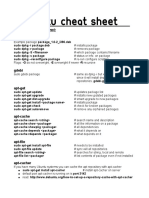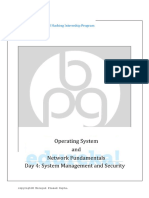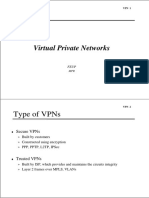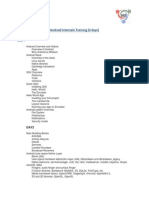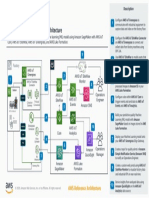0% found this document useful (0 votes)
129 views7 pagesAPT Commands CheatSheet
This document is a comprehensive cheat sheet for APT commands, covering installation, removal, updating, searching, and managing packages in a Linux environment. It includes commands for handling dependencies, repositories, and configurations, as well as utilities for debugging and logging. The cheat sheet serves as a quick reference for users to efficiently manage software packages using APT.
Uploaded by
mysteryrnCopyright
© © All Rights Reserved
We take content rights seriously. If you suspect this is your content, claim it here.
Available Formats
Download as PDF, TXT or read online on Scribd
0% found this document useful (0 votes)
129 views7 pagesAPT Commands CheatSheet
This document is a comprehensive cheat sheet for APT commands, covering installation, removal, updating, searching, and managing packages in a Linux environment. It includes commands for handling dependencies, repositories, and configurations, as well as utilities for debugging and logging. The cheat sheet serves as a quick reference for users to efficiently manage software packages using APT.
Uploaded by
mysteryrnCopyright
© © All Rights Reserved
We take content rights seriously. If you suspect this is your content, claim it here.
Available Formats
Download as PDF, TXT or read online on Scribd
/ 7








